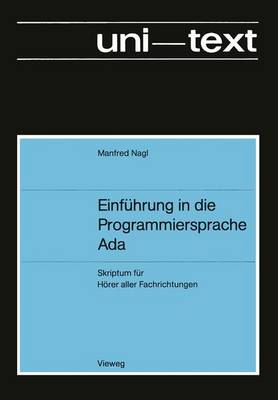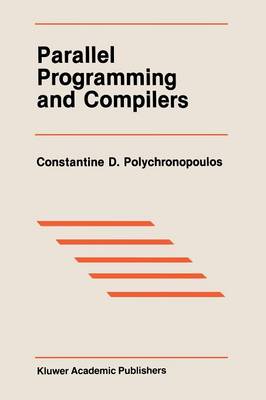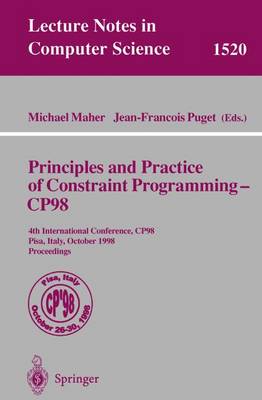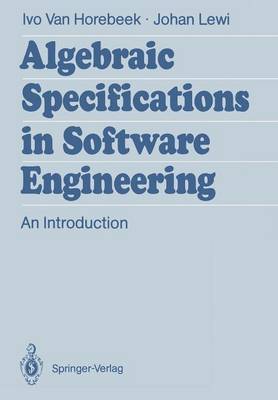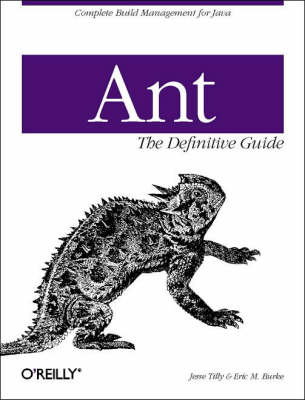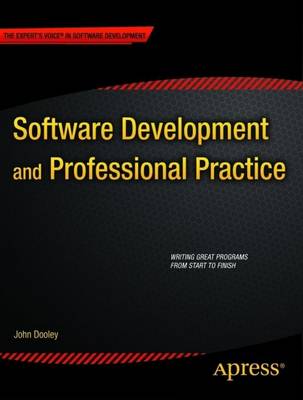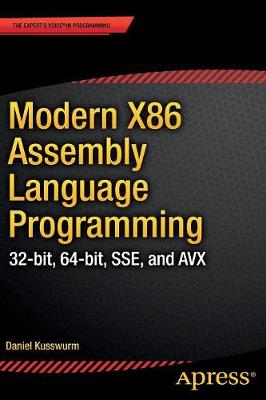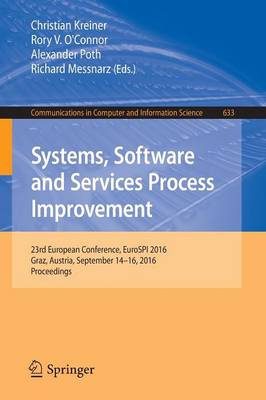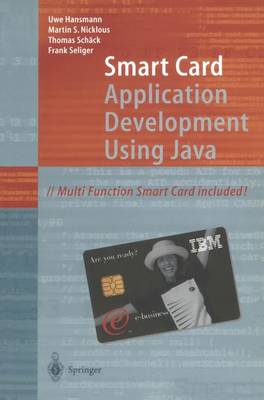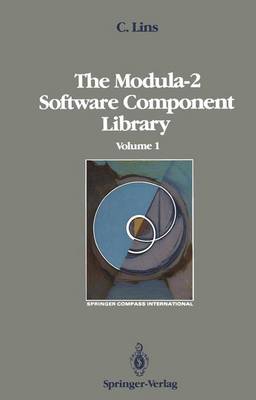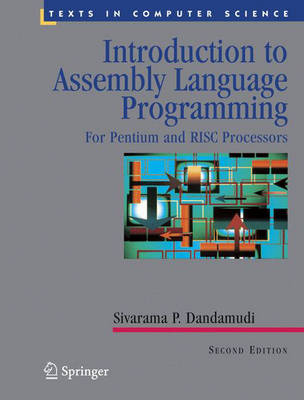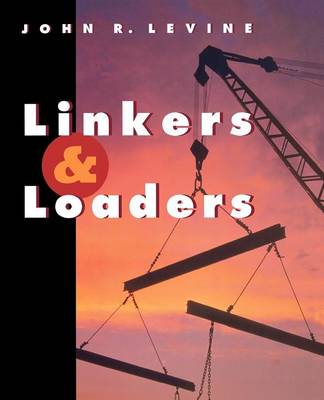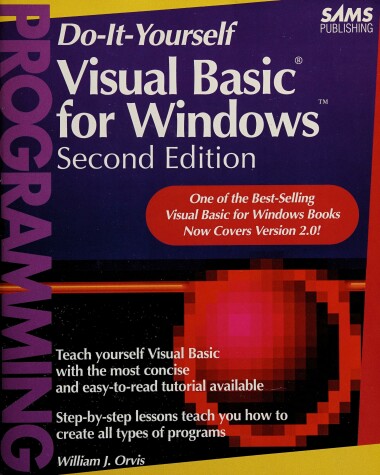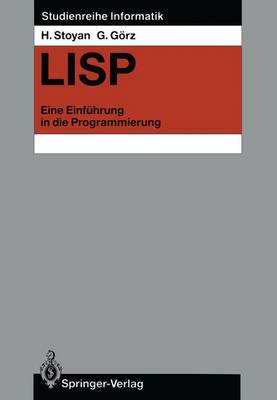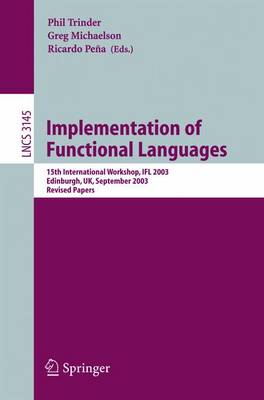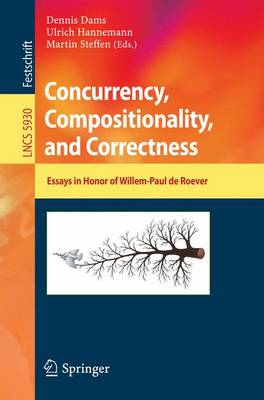Algorithms, Languages, Automata, and Compilers: A Practical Approach
by Maxim Mozgovoy
Man muss nicht Pascal-Fanatiker sein, um sich fur diese Sprache zu begeistern. Aber so- bald man das Programmieren als besonderen Anspruch an die logische Eigenleistung be- greift, wird man dieser Programmiersprache wegen der durch sie bereitgestellten Sprach- elemente und -moeglichkeiten ihren eigenen bedeutsamen Platz einraumen. Ob es sich dabei um die eigene Art der Unterablaufe oder der Rekursionen, die Flexibilitat der anpassbaren Datentypen oder die sich fast von selbst ergebende weitreich...
The second half of the 1970s was marked with impressive advances in array/vector architectures and vectorization techniques and compilers. This progress continued with a particular focus on vector machines until the middle of the 1980s. The major ity of supercomputers during this period were register-to-register (Cray 1) or memory-to-memory (CDC Cyber 205) vector (pipelined) machines. However, the increasing demand for higher computational rates lead naturally to parallel comput ers and softwa...
Principles and Practice of Constraint Programming - Cp98 (Lecture Notes in Computer Science, #1520)
Constraints have emerged as the basis of a representational and computational paradigm that draws from many disciplines and can be brought to bear on many problem domains. This volume contains papers dealing with all aspects of c- puting with constraints. In particular, there are several papers on applications of constraints, re?ecting the practical usefulness of constraint programming. The papers were presented at the 1998 International Conference on Principles and Practice of Constraint Progra...
Algebraic Specifications in Software Engineering
by Ivo van Horebeek and Johan Lewi
"I prefer to view formal methods as tools. the use of which might be helpful." E. W. Dijkstra Algebraic specifications are about to be accepted by industry. Many projects in which algebraic specifications have been used as a design tool have been carried out. What prevents algebraic specifications from breaking through is the absence of introductory descriptions and tools supporting the construction of algebraic specifications. On the one hand. interest from industry will stimulate people to mak...
Ant is the premier build-management tool for Java environments. Ant is part of Jakarta, Sun's open source reference implementation for the J2EE specification, is written entirely in Java, and is platform independent. Using XML, a Java developer describes the modules involved in a build, and the dependencies between those modules. Ant then does the rest, compiling components as necessary in order to build the application. Using Ant, Java developers can: define build chunks, the results that they...
Software Development and Professional Practice reveals how to design and code great software. What factors do you take into account? What makes a good design? What methods and processes are out there for designing software? Is designing small programs different than designing large ones? How can you tell a good design from a bad one? You'll learn the principles of good software design, and how to turn those principles back into great code. Software Development and Professional Practice is a...
Modern X86 Assembly Language Programming shows the fundamentals of x86 assembly language programming. It focuses on the aspects of the x86 instruction set that are most relevant to application software development. The book's structure and sample code are designed to help the reader quickly understand x86 assembly language programming and the computational capabilities of the x86 platform. Please note: Book appendixes can be downloaded here: http://www.apress.com/9781484200650 Major topics of...
This volume constitutes the refereed proceedings of the 23rd EuroSPI conference, held in Graz, Austria, in September 2016.The 15 revised full papers presented together with 14 selected key notes and workshop papers were carefully reviewed and selected from 51 submissions. They are organized in topical sections on SPI and the ISO/IEC 29110 standard; communication and team issues in SPI; SPI and assessment; SPI in secure and safety critical environments; SPI initiatives; GamifySPI; functional safe...
Smart Card Application Development Using Java
by Uwe Hansmann, Martin S. Nicklous, Thomas Schack, and Frank Seliger
In today's world, smart cards play an increasingly important role in everyday life. We encounter them as credit cards, loyalty cards, electronic purses, health cards, and as secure tokens for authentication or digital signature. Their small size and the compatibility of their form with the magnetic stripe card make them the ideal carriers of personal information such as secret keys, passwords, customization profiles, and medical emergency information. This book provides a guide for the rapid dev...
The Modula-2 Software Component Library (Springer Compass International) (Modula-2 Software Component Library, #2)
by Charles Lins
This book is the first volume in a series entitled The Modula-2 Software Component Library. Charles Lins collection of reusable standard software components, could be the basis for every programmers software project in Modula-2. Components that are implementations of commonly used data structures are presented, along with an adequate description of their functionality and efficiency. Moreover, the books provide the background necessary to tailor these components to the specific needs of any Mod...
This textbook introduces the reader to assembly language programming and its role in computer programming and design. The author concentrates on covering the 8086 family of processors up to and including the Pentium. The focus is on providing students with a firm grasp of the main features of assembly programming, and how it can be used to improve a computer's performance. All of the main features are covered in depth: stacks, addressing modes, arithmetic, selection and iteration, and bit manipu...
C (Prentice-Hall software) (Prentice Hall Software S.)
by Samuel P. Harbison and Guy L. Steele, Jr.
For programmers interested in programming in C++ and the future of C. This fourth edition of the bestselling C reference covers two important developments: the ISO C Amendment 1 (1994), which specifies new facilities for writing portable, international programs in C; and a discussion of how to write C programs that are compatible with C++.
Programming Language Processors (Prentice Hall International Series in Computer Science)
by David A. Watt
Introducing methods for implementing programming languages, David Watt shows how to write simple compilers and interpreters, relating these clearly to the syntax and semantics of the source language. qpa Following a top-down approach, the illustrated text, which contains a working compiler and interpreter for a small programming language, starts by viewing compilers and interpreters as "black boxes", then goes on to examine their working in more and more detail. There is a full exploration of th...
Linkers and Loaders (The Morgan Kaufmann Series in Software Engineering and Programming)
by John Levine
Whatever your programming language, whatever your platform, you probably tap into linker and loader functions all the time. But do you know how to use them to their greatest possible advantage? Only now, with the publication of Linkers & Loaders, is there an authoritative book devoted entirely to these deep-seated compile-time and run-time processes. The book begins with a detailed and comparative account of linking and loading that illustrates the differences among various compilers and operati...
An introduction to the Visual Basic environment and the BASIC language, this book teaches the reader to program with this new version of Visual Basic for Windows.
Software Engineering Techniques (Programming and Software Engineering, #4980)
This book constitutes the thoroughly refereed post-conference proceedings of the Second IFIP TC 2 Central and East-European Conference on Software Engineering Techniques, CEE-SET 2008, held in Brno, Czech Republic, in October 2008. The 20 revised full papers presented together with a keynote speech were carefully reviewed and selected from 69 initial submissions. The papers are organized in topical sections on requirements specification, design, modeling, software product lines, code generation,...
LISP (Studienreihe Informatik)
by Herbert Stoyan, Gunther Garz, and Gunther Gorz
Das vorliegende Buch ging aus einer Vorlesung hervor, die wir gemeinsam im Sommersemester 1982 an der Universitat Erlangen-Nurnberg gehalten haben. Wesentliche Anregungen verdanken die Autoren den Manuskripten der Vorle- sung "Structure und Interpretation of Computer Programs" von Abelson, Fano und Sussman (1981, 1982, 1983 als MIT-AI-TR-735 veroeffentlicht) am Massachusetts Institute ofTechnology, sowie den Lehrbuchern "LISP" von Win- ston und Horn (1981) und "Artificial Intelligence Programmin...
Implementation of Functional Languages (Lecture Notes in Computer Science, #3145)
by Phil Trinder, Greg Michaelson, and Ricardo Pe�a
Functional programminghas a long history,reaching back through early reali- tions in languages like LISP to foundational theories of computing, in particular ?-calculus and recursive function theory. In turn, functional programming has had wide in?uence in computing, both through developments within the dis- pline, such as formal semantics, polymorphic type checking, lazy evaluation and structural proof, and as a practical embodiment of formalized approaches, such as speci?cation, transformation...
Why would you read this preface? As we start thinking what to write here, we wonder who is going to read these words. Fromourperspective–thatofwritersaddressinganaudienceofreaders–you are most likely Willem-Paul de Roever. Willem: our main motivation in putting together this Festschrift is to honor you on the occasion of your retirement. In terms of scienti?c ancestry, you are a father to two of us, and a grandfather to 1 the third , and you have had a profound impact on our formation as compute...



